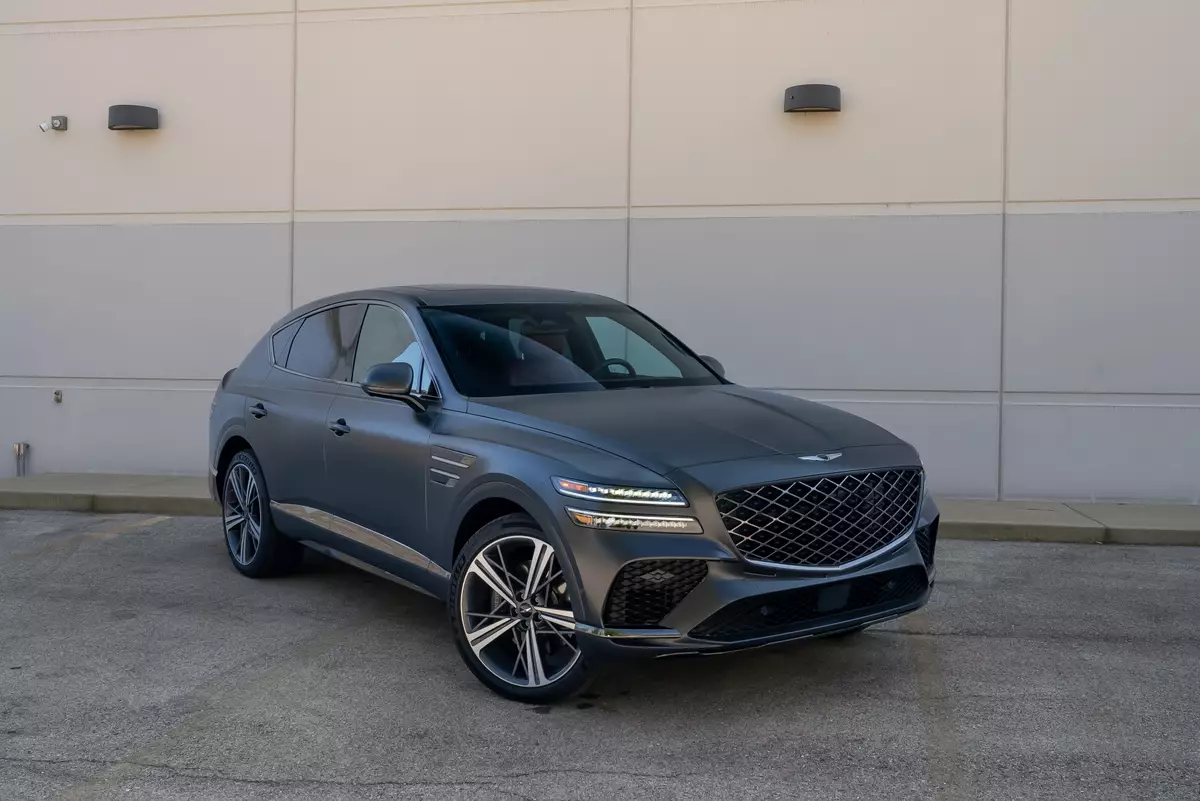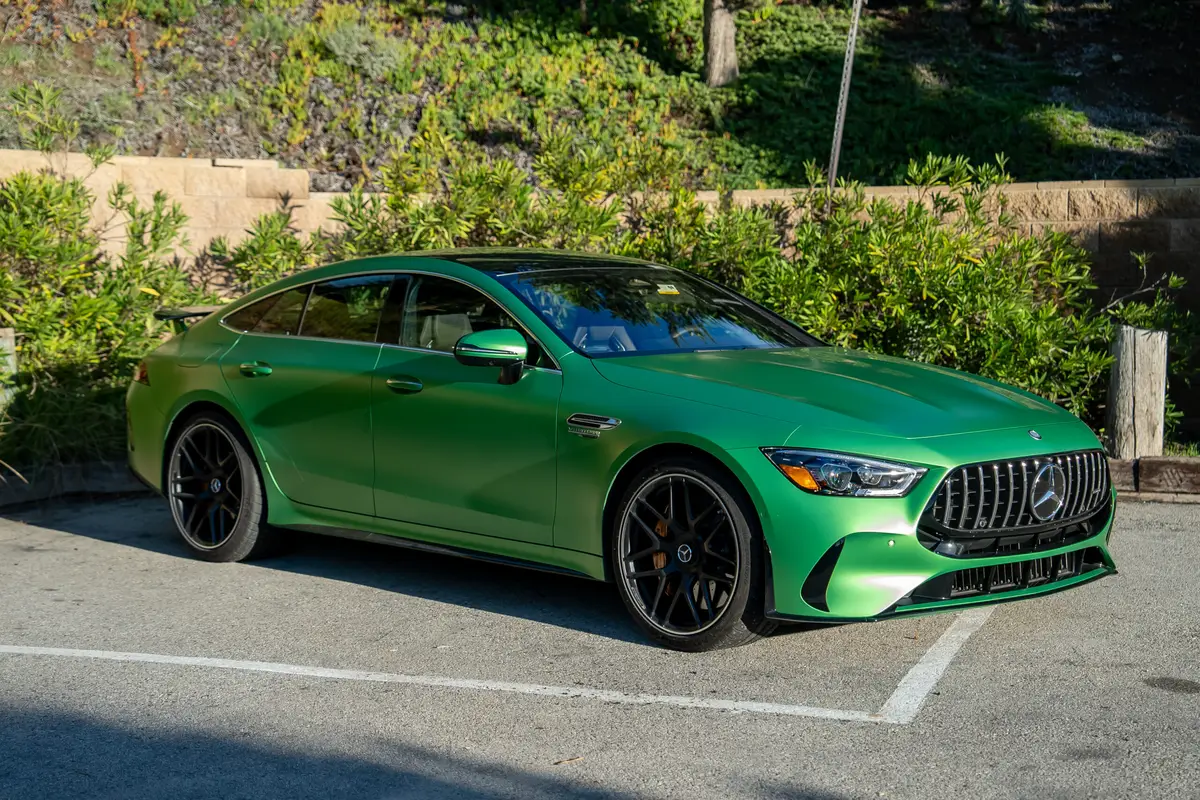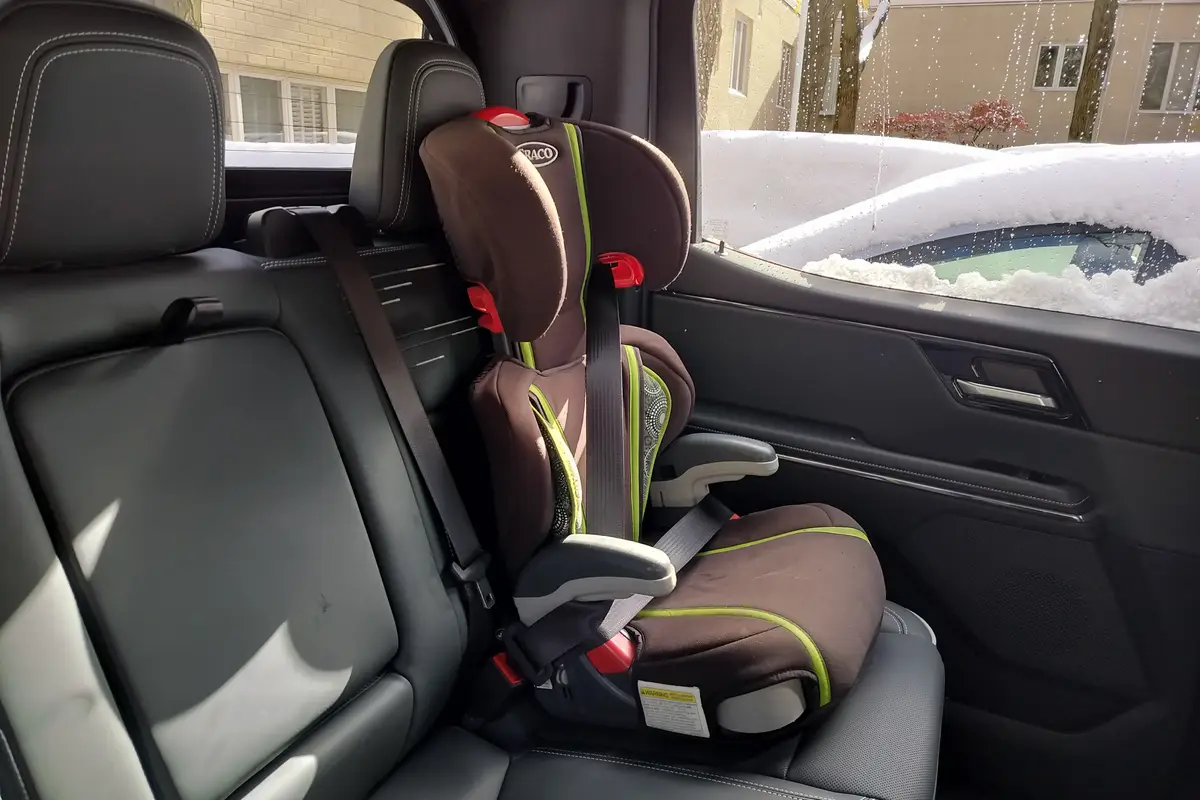IndyStar.com's view
With film star Paul Hogan racing across the Australian countryside in a Subaru Legacy Outback to save a damsel from the bad guys, Subaru of America thinks it’s a good time to add to the image of its versatile sport utility station wagon.
Thus, Subaru will bring out a 1997 Limited version of the Legacy Outback this summer. The wagon will have its own styling, a host of standard luxury items, and more power.
If Hogan thinks the ’96 Outback is fast, wait until he tries his hand at saving the damsel in the Limited.
The engine is a 2.5-liter (150- cubic-inch) horizontally opposed four-cylinder “boxer” engine that puts out 165-horsepower, 10 horses more than in ’96. Torque also is increased from 155 foot-pounds to 162, a number guaranteed to put extra dig in all four wheels.
Subaru pioneered the use of all-wheel drive in a station wagon long before there was such a thing as a sport utility vehicle. Those wagons were spartan in accommodations, but unchallenged in versatility.
Today’s Legacy Outback embraces the concept of combining the comfort and convenience features of a wagon with the ruggedness of a sport utility truck. In the 1997 Limited, the wagon takes on an even higher image.
The Limited has an individual look with a new chrome grille, polished five-spoke, gold-accent, 15-inch alloy wheels, body color door handles and mirrors, and special gold- accent striping.
The interior is highlighted by a distinctive leather package which features embossed leather seats and wood-pattern trim. Accessory items include a weather band radio, overhead spot lamps, and a new central door-locking system.
The equation in the Outback Limited’s ride formula lies in the suspension. Unlike some sport utilities that use independent front suspension and a live axle (solid housing) in the rear, the Outback has independent strut suspension for all wheels.
Typically, the lowest part of a sport utility is the rear differential housing. By using independent suspension in the rear, the housing can be mounted higher in the chassis, allowing greater ground clearance and a straighter power flow from the Outback’s four-speed automatic transmission.
Normally, excellent off- road handling and a good ride do not coexist. Subaru, however, combines the two by using a long stroke suspension and lower rate (softer) springs, calibrated shock absorbers, and anti-roll bars designed for ease of ride without loss of control.
In addition, the wagon’s lower center of gravity minimizes that “tippy” feeling encountered in sport utility vehicles going through fast turns.
Subaru’s boxer-type engine contributes to a lower center of gravity by having its cylinder blocks lie flat instead of in an upright position. The opposed configuration also accounts for a smooth operation, with the opposing reciprocating vibrational harmonics canceling each other out.
The boxer betters the performance benchmark parameter of 1-horsepower per cubic inch by virtue of its double overhead cams and four valves per cylinder. This configuration maximizes air/fuel flow, and is the accepted design for high performance engines.
The 1996 Outback with 155-horsepower had a 0-60 miles per hour rating of about 9.8 seconds. Upping the power by 10-horsepower, the Limited may be quicker from 0-60 by about eight-tenths of a second.
Add to the plush interior appointments the advantage of more room than a normal Legacy wagon, total interior space is greater than some minivans. With 103.5 inches of wheelbase and an overall length of 183.9 inches, the midsized wagon offers an interior volume of 96.8 cubic feet.
As a five-passenger vehicle, its front seating includes state-of-the-art individual seats separated by a center console. Instrumentation is standard speedometer-tachometer- temperature-fuel.
Latest news


2026 Mercedes-AMG GT63 S E Performance 4-Door Coupe Review: A Mouthful, a Handful and an Eyeful

